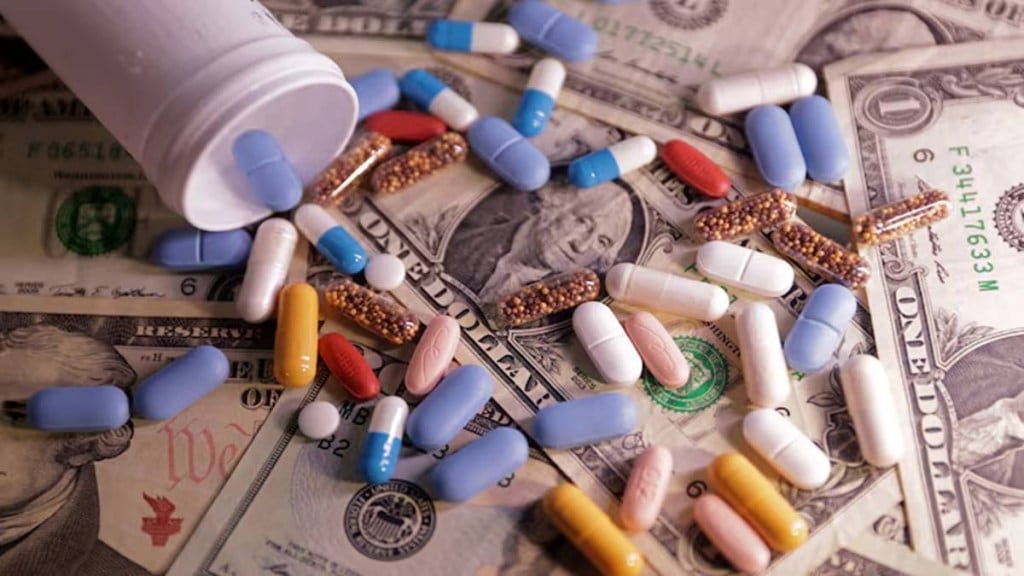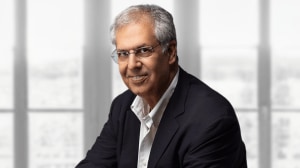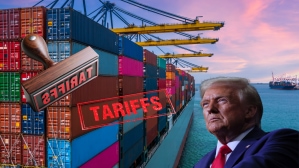If you impose tariff on a good that you do need to import regularly then its price is bound to rise. This is basic economics at work, says a leading Indian drug manufacturer. Not wanting to be named, he says, this will now play out in the pharmaceutical sector too post the tariff imposition from April 2nd.But then, the US pharmaceutical market is a bit more complex. It is a buyers’ market with three major distributors of generic drugs – Cardinal Health, Cencora & McKesson (the three put together apparently control bulk of the US pharmaceutical distribution market) – and based on industry estimates there are at least around 300 generic drug suppliers from India at the moment.
All eyes are now on the appetite of the suppliers (the drug makers from India) and buyers (the major drug distributors in the US) to absorb the price increases post the imposition of tariff by the US. The US pharma market is crucial, competitive and complex. Indian companies, already coping with a price erosion each year, also meet 40 per cent of generic drugs demand in the United States.
India does matter. A new report brought out by McKinsey titled, “Shaping the future of India’s pharmaceutical operations”, says, as of 2024, India has emerged as the world’s largest supplier of generic drugs, accounting for 20 per cent of global volumes, including 40 per cent of generics demand in the United States and 25 per cent of all medicine in the United Kingdom. The report describes India as the third largest global exporter of pharmaceuticals by volume and ranks 11th by value. The country now has 752 Food and Drug Administration (FDA)-approved sites. Indian pharmaceuticals, it says, has an export growth rate of 9 per cent out pacing the global average of 5 per cent.
Indian companies are also operating in a hugely competitive generic drug market. In the US, Indian companies are already faced with around 5 per cent price erosion (at the very least, some remind) every year, the traditional argument has therefore been that it is the wholesalers and the distributors who tend to enjoy a higher margin will be in a better position to absorb any price increase on account of the tariff. But then, how much can sellers dictate in a buyers’ market and may have no choice but to also take a hit. Therefore, much now depends on how the numbers play out and how much hit each is willing to take. What however, does seem inevitable to many is that the end price of medicines in the US is bound to see a rise with a question mainly on the quantum of increase.
Aditya Khemka, fund manager at InCred Asset Management and a leading pharma and healthcare analyst, sums up the argeument rather well: “While the manufacturers may ideally want to pass on all the price increase post the tariff imposition, the fact that the generic drug suppliers operate in a market where there is consolidation of the buyers, the manufacturers may also be left with no choice but to also absorb some bit of the price rise.”
What kind of medicines are we talking about when discussion the end-price increase. “The presence of Indian companies is typically strong in oral solids and in dermatology products (like creams and ointments),” says Khemka. So, the medicines in question could be across the board – from drugs for diabetes, hypertension or for pain-relief.








